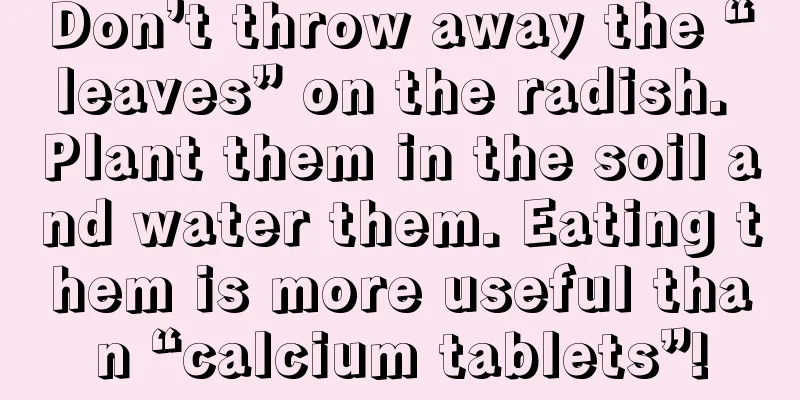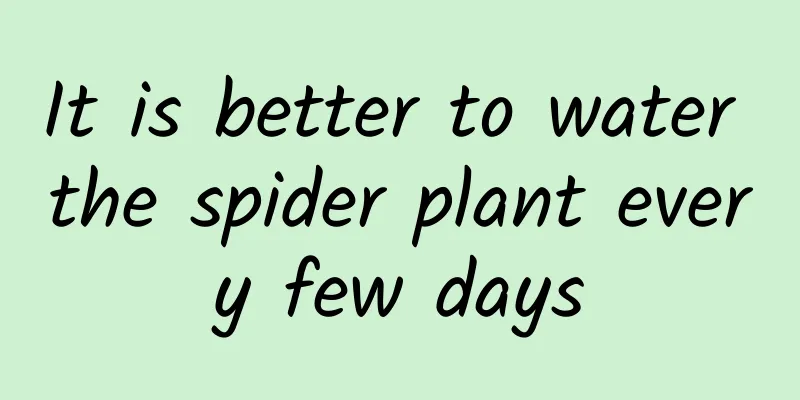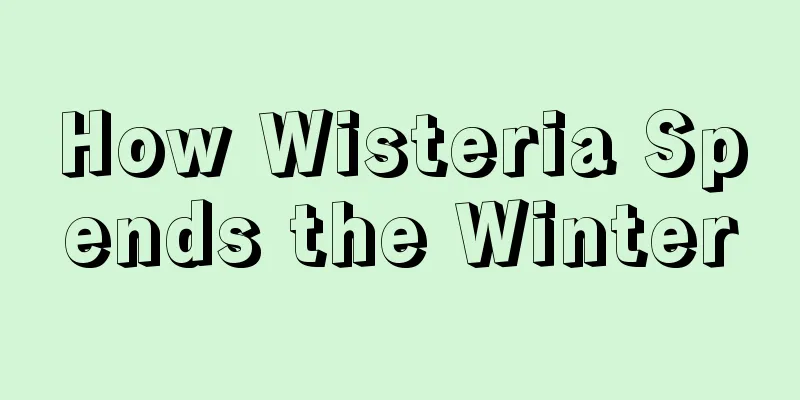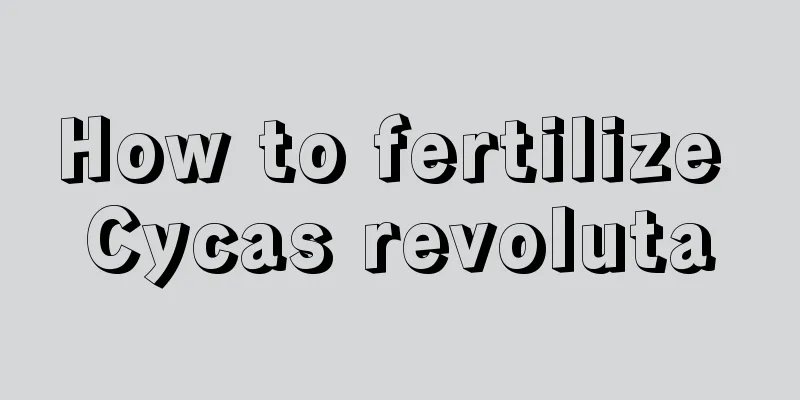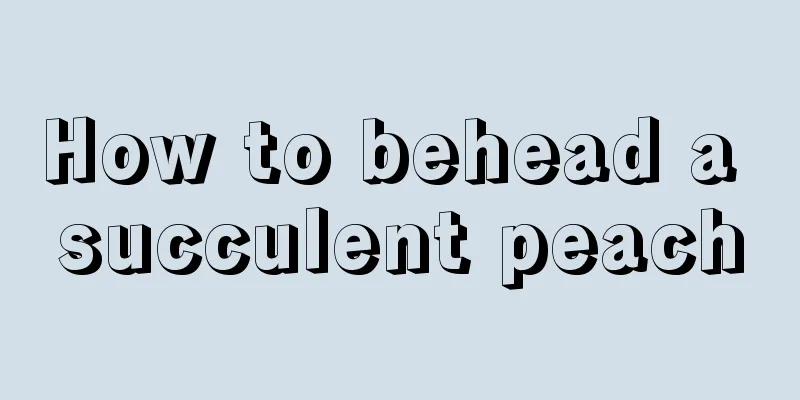Methods for preventing and controlling pollution from livestock and poultry breeding
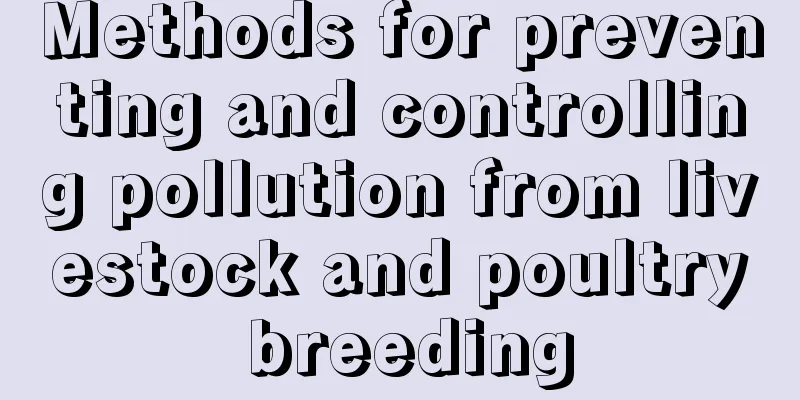
|
As China's animal husbandry industry continues to develop towards intensive and large-scale directions, the scale of breeding has gradually expanded. However, at this stage, livestock and poultry breeding pollution is serious, causing damage to the surrounding ecological environment. Here are some methods to prevent and control pollution from livestock and poultry farming. 1. Scientific layout Whether developing intensive large-scale breeding industry or small and medium-scale breeding industry, the carrying capacity of the environment should be fully considered, and the requirements of pollutant prevention and control in different regions should be combined to comprehensively consider the scientific planning of the production layout of the animal husbandry industry, so as to avoid farmers building farms in prohibited and restricted areas and control the scale and number of breeding. 2. Raise the threshold for breeding Before building a new farm or renovating or expanding a farm, a comprehensive assessment should be made of the ecological environment carrying capacity, soil fertility, and fertilizer requirements of crops around the farm. Appropriate environmental pollutant treatment facilities should be installed, and the environmental impact assessment system should be strictly implemented to control the occurrence of livestock breeding pollution at the source. In addition, law enforcement supervision of farms should be strengthened, law enforcement efficiency should be improved, and illegal discharge of pollutants should be discovered in a timely manner. 3. Strengthen the management of pollutants In the process of building a mechanism for pollutant prevention and control, we should strengthen the linkage mechanism among environmental protection, animal husbandry, development and reform, finance, statistics, and the government. We should further clarify the specific responsibilities and scope of work of each department in livestock breeding pollution from a system perspective. We should further clarify the specific responsibilities and scope of work of each department in livestock breeding pollution from a system perspective, improve the quality of daily supervision, and incorporate livestock breeding pollution into the performance appraisal of township governments to ensure that various regulatory mechanisms can be strictly implemented. 4. Strengthen the treatment of livestock and poultry manure It is necessary to strengthen the treatment measures for livestock and poultry manure. On the one hand, high-temperature composting is implemented, because livestock and poultry manure contains many elements that are beneficial to crops. Therefore, the processed livestock and poultry excrement can be sold to agricultural growers as fertilizer , and can also be processed into organic fertilizer. It can not only improve the economic benefits of livestock and poultry farmers, but also promote the efficient and stable development of China's agriculture. However, during this period, attention should be paid to taking anti-seepage and anti-leakage measures in the sites where livestock and poultry manure are collected to prevent pollution of the surrounding environment and groundwater resources. On the other hand, biogas fermentation is carried out, and the excrement of livestock and poultry is fermented anaerobically using biogas digesters. The gas can provide part of the energy for insulation or fuel production, and the remaining part can be made into fertilizer. This can not only reduce pollution to the environment, but also improve China's economic level, and also provide strong support for China's sustainable development. 5. Terminal treatment of livestock and poultry waste Raising fish in biogas digesters can increase the survival rate of fish fry . Therefore, in the terminal treatment of livestock and poultry wastewater, fish ponds, biological ponds, etc. can be established to avoid pollution while creating considerable economic benefits and give full play to the utilization value of resources. In addition, dry manure cleaning technology can be used to reduce the discharge of livestock and poultry waste, which helps to achieve the recycling of resources and thus minimize the various pollution caused by livestock and poultry farming to the ecological environment. That’s it |
<<: Cultivation method and cultivation technology of Morchella
Recommend
When is the best time to prune wax apple trees?
Wax Apple Tree Pruning Pruning wax apple trees ca...
How to prune Bamboo
When to prune the bamboo Pruning of schisandra ba...
How to prune clematis
Pruning time The best time for pruning is general...
The fastest way to root crape myrtle cuttings
Crape myrtle cutting time Crape myrtle is usually...
Agave wintering temperature, can Agave survive the winter?
1. Winter temperature Its origin is in tropical r...
What to do if the white palm has rotten roots
Is there any way to save the white calla lily if ...
Camellia cultivation methods and precautions
Camellia is a flower variety that many people lik...
Can Andrographis paniculata be cultivated in water?
Can Andrographis paniculata be cultivated in wate...
Can rose seeds be planted?
Can rose seeds be planted? Rose seeds can be plan...
What should I do if the spider plant does not grow small spider plants? Why does the spider plant not grow small spider plants?
1. Reasons 1. Lack of light: It is a shade-loving...
Cultivation methods and precautions of Phnom Penh lucky bamboo
1. Breeding methods 1. Temperature It has a high ...
What is the best way to apply wood ash as fertilizer?
Wood ash is an ash fertilizer made from burning f...
Peony seed planting method and precautions
1. Planting method 1. Time: It is best to plant p...
Cultivation and management techniques of sweet osmanthus
1. Cultivation Osmanthus can be propagated and cu...
Can Dendrobium officinale survive in water? How to grow Dendrobium officinale in water
1. Can it survive in water? Dendrobium officinale...
